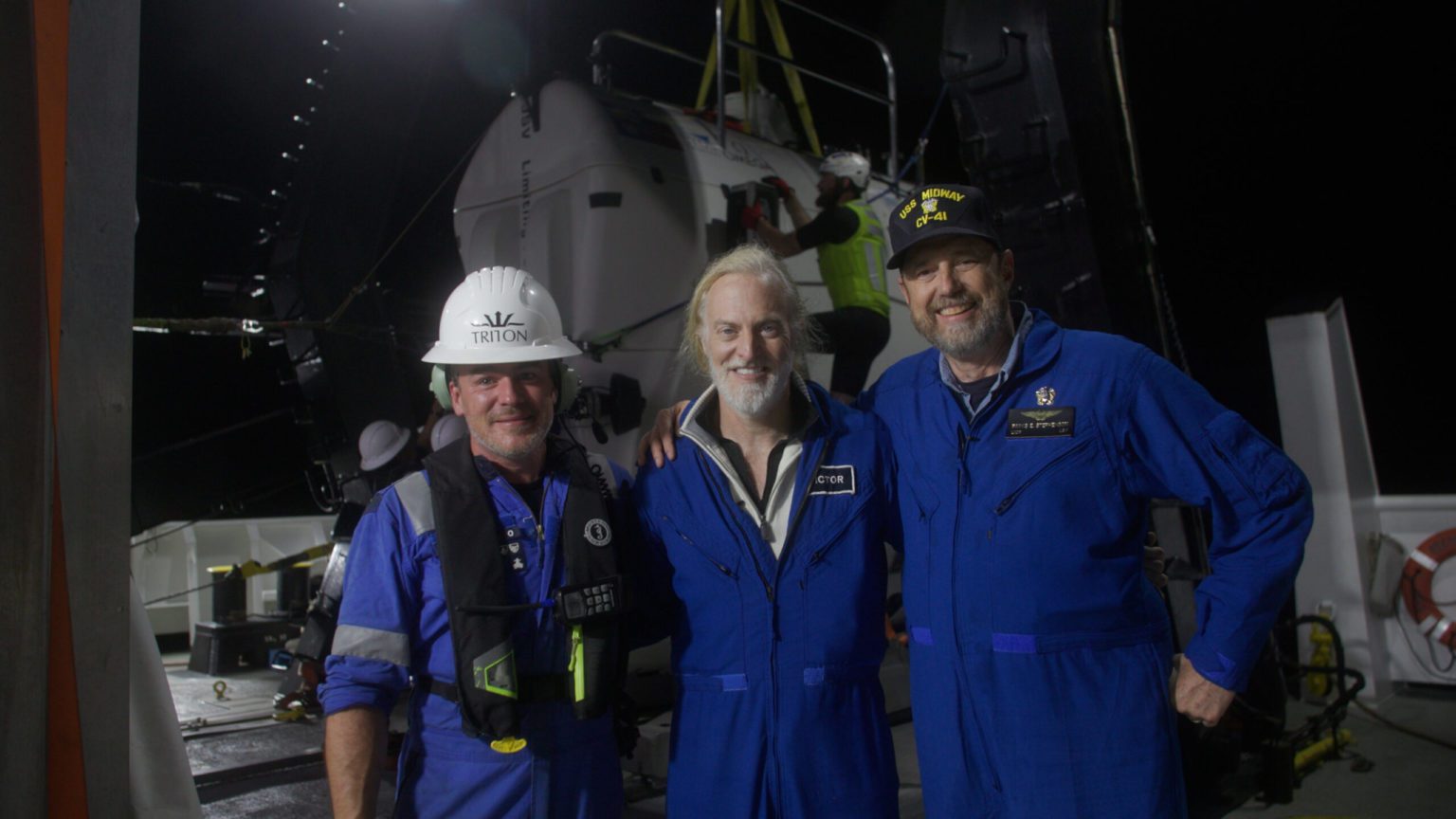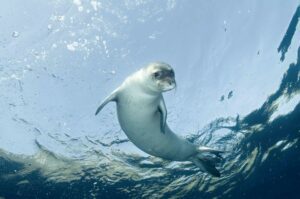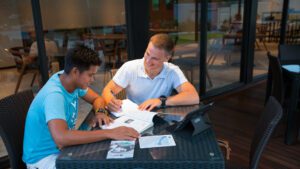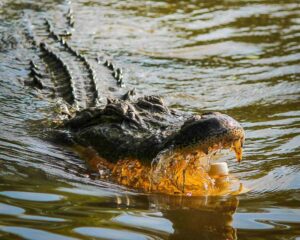Extraordinary footage of the world's deepest known shipwreck, the USS Johnston, has been released by extreme explorer Victor Vescovo and the Caladan Oceanic team.
The 115-metre USS Johnston lies some 6.5km deep at the bottom of the Philippine Sea in the Pacific Ocean, and Vescovo and the team spent several hours exploring, surveying and filming the wreck.
The USS Johnston (DD-557) was a US Navy Fletcher-class destroyer that sank in battle on 25 October 1944. The ship was sunk during an intense battle against vastly superior Japanese forces off the coast of Samar Island during the Battle of Leyte Gulf, widely cited as the largest naval battle in history.
The wreck was originally discovered in 2019 by the late Paul Allen’s vessel R/V Petrel under the leadership of renowned ocean wreck explorer Robert Kraft. On that expedition, film of pieces of the vessel were taken by a remotely-operated vehicle (ROV), but the majority of the wreck – including its upright, intact forward two-thirds including bow, bridge, and mid-section – lay deeper than the ROV’s rated depth limit of approximately 6,000m.
It has now been discovered that its hull number ‘557' is still clearly visible on both sides of its bow, and two full five-inch gun turrets, twin torpedo racks, and multiple gun mounts are still in place and visible on the superstructure.
The submersible DSV Limiting Factor has no operating depth limitation, does not require a tether to the surface, and can hold two occupants for real-time visitation and analysis of wrecks. The craft is highly manoeuvrable and carries an array of high-definition and 4K cameras. The submersible is best known as the vehicle that Vescovo piloted to the deepest points in each of the world’s five over oceans during the ‘Five Deeps Expedition’ in 2019.
Expedition leader Kelvin Murray (EYOS Expeditions) commented: “This was a real team effort requiring the individual skills of everyone onboard. Our EM-124 sonar, Triton Submarine’s unlimited depth submersible, a highly practiced team and some excellent sonar and navigation support all combined to enable a successful outcome. With this system we could locate, investigate and film wrecks at any depth in any ocean; it is a fantastic tool”.
At the conclusion of the expedition, the DSSV Pressure Drop came to a stop, sounded the ship’s whistle, and a wreath was laid on the oceanic battlefield.
Vescovo commented: “In some ways we have come full circle. The Johnston and our own ship were built in the same shipyard, and both served in the US Navy. As a US Navy officer, I’m proud to have helped bring clarity and closure to the Johnston, its crew, and the families of those who fell there.”








